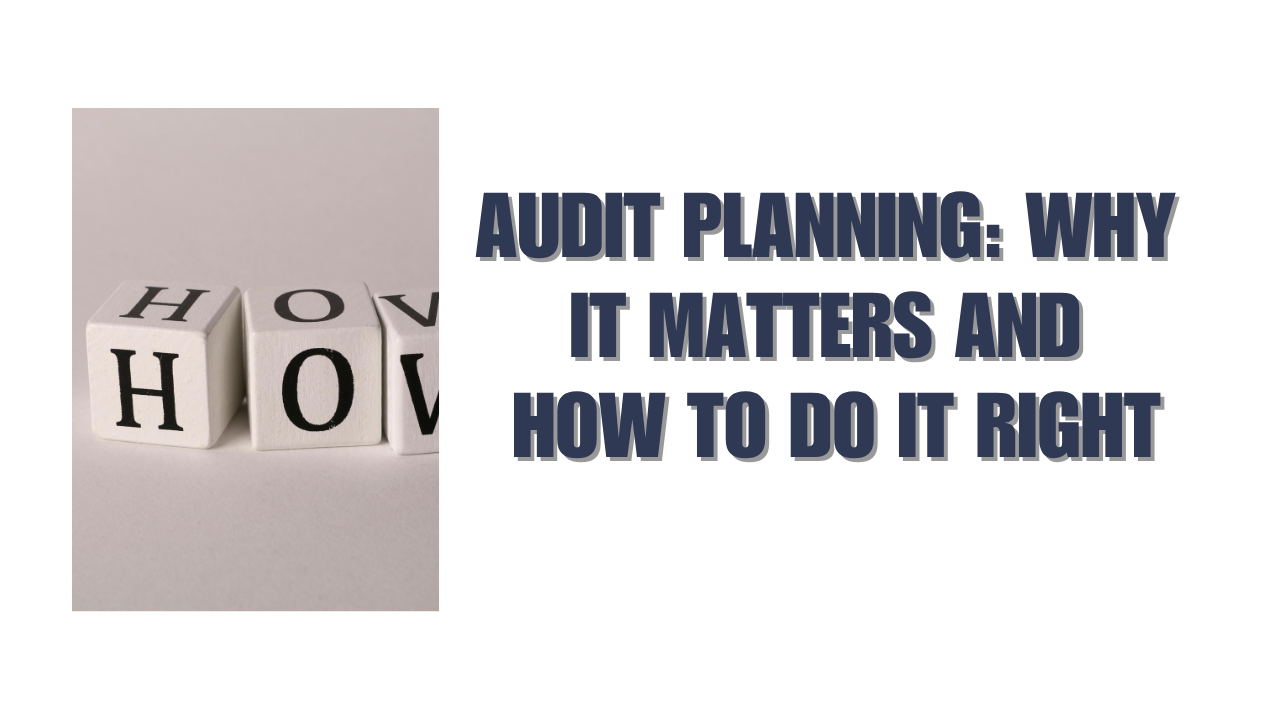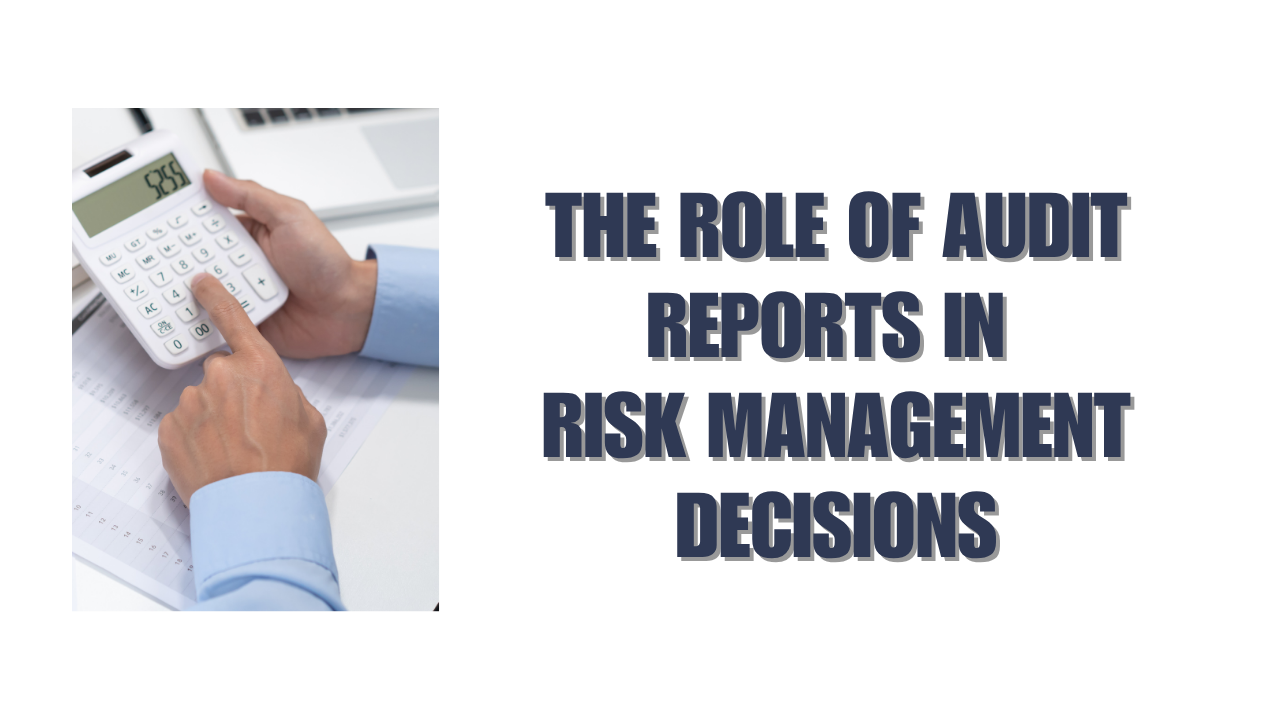The coal and metals sector saw M&A transactions worth USD 60 billion in 2018, with 320 deals completed that year. The failure rate in creating value for companies and shareholders through mergers and acquisitions stays high. This gap points to a vital factor that determines the success of these high-stakes deals: a full due diligence audit.
The 2000s saw peak merger activity with about 6% of US public companies getting acquired in a single year. This surge made detailed financial examination more important than ever. Due diligence audit means more than simple financial verification – it offers a systematic way to spot potential risks and opportunities between merging entities. A thorough audit is a vital part of mergers and acquisitions that looks at both financial and operational aspects of the companies involved.
Due diligence audit lays the groundwork for successful M&A transactions. Due diligence vs audit reveals a clear focus on future implications rather than just historical compliance. Financial due diligence audits serve many key purposes: they check financial health, spot risks, verify regulatory compliance, help with accurate valuation, and end up building trust between parties. This piece explores why these audits matter so much to M&A success and how they help avoid getting pricey mistakes in your next business deal.
What is a Due Diligence Audit in M&A?
A due diligence audit plays a crucial role in mergers and acquisitions. It helps verify, investigate, and examine potential deals to confirm facts and financial information before closing. This detailed process goes way beyond standard financial reviews and forms the foundation for successful M&A decisions.
Definition and Scope of Due Diligence Audit
Due diligence audit gives a full picture of everything about the target business. The process validates information that comes up during deal negotiations and spots potential problems that could stop the transaction. The audit looks at finance, operations, tax, HR, IT, anti-bribery/corruption, integrity, environment, social aspects, health and safety, governance, and regulations. The scope also covers market drivers, sales strategies, and customer relationships that matter for long-term success.
Due Diligence vs Audit: Key Differences
These two processes might look similar but serve different purposes:
- Objective: Due diligence evaluates a company’s financial health and economic reality to support M&A decisions. Standard audits ensure financial statements are accurate and follow accounting standards.
- Timing and Point of View: Due diligence happens for specific transactions and looks at both past and future. Regular audits check historical data.
- Depth and Focus: Financial due diligence looks at sustainable earnings, trends, working capital needs, and forecast assumptions. Standard audits check if financial statements show a “true and fair” view without finding major issues buyers need to know.
Why Due Diligence Audits Are Critical in M&A Deals
Companies that use due diligence audits have better success rates. These audits protect against biases, as sellers often show optimistic forecasts while buyers might not be realistic about potential benefits.
Due diligence audits protect against legal issues, considering 65% of M&A deals worth over $100 million faced shareholder lawsuits in 2015. They help negotiate better terms, find potential risks in product liability and compliance, and affect key aspects like purchase price and escrow requirements.
A detailed due diligence won’t guarantee success, but it helps find and alleviate threats that could harm a promising merger or acquisition.
Pre-Audit Preparation: Laying the Groundwork
Good preparation is the life-blood of effective due diligence audits in M&A transactions. Solid groundwork speeds up the process and ends up protecting buyer interests. It helps assess potential risks and opportunities systematically.
Due Diligence Audit Checklist for M&A
A detailed due diligence audit checklist serves as the first vital step in the M&A evaluation process. Jordan Lampos, director of M&A at Duff & Phelps, emphasizes that “the sooner the due diligence phase of your transaction starts, the better”. The checklist must line up with the specific transaction. It should think about factors like company size, industry dynamics, and management structures. A good checklist covers multiple categories including financial evaluation, legal standing, operational efficiency, tax compliance, and technology assessment. The Corporate Transparency Act of 2024 brought new reporting requirements. Today’s checklists include beneficial ownership verification for each entity involved in the transaction.
Key Documents to Collect Before the Audit
Acquiring parties must gather significant documentation from several domains before starting formal due diligence. Financial records serve as the foundation. These include historical financial statements, balance sheets, income statements, tax returns, and audit reports. Corporate governance documents hold equal importance – articles of incorporation, bylaws, meeting minutes, and ownership information. Other vital materials include contracts and agreements, HR and payroll records, insurance policies, IP documentation, litigation records, and regulatory licenses. A structured data room with search capabilities aids efficient cross-referencing and review throughout the process.
Stakeholder Roles in Pre-Audit Planning
Clear role definition across multiple stakeholders makes due diligence audits work well. The corporate development team guides overall coordination. They ensure strategic alignment and synthesize findings for executive decision-making. The finance team, under the CFO’s leadership, assesses financial health and deal valuation. Legal teams focus on exposure and compliance risks. Subject matter experts from specific business functions give their domain expertise. The CISO handles cybersecurity assessment while HR evaluates talent. Many acquirers bring in external advisors. These advisors provide independent evaluations and offer unbiased points of view on financial, operational, and compliance matters.
Core Areas of a Financial Due Diligence Audit
Financial due diligence sits at the heart of M&A transactions. Let’s get into five crucial areas that need careful examination to uncover hidden risks and confirm potential deal value.
Reviewing Historical Financial Statements
A proper financial statement analysis looks at five years of data to spot trends and patterns. You’ll need to assess income statements for earnings volatility, balance sheet for asset quality, and cash flow statements to understand operational efficiency. Best practices suggest analyzing the last two full fiscal years plus the most recent trailing twelve months (LTM). The process must normalize earnings by removing one-time events and owner-specific expenses that won’t continue after acquisition. Revenue spikes during traditionally slow periods should raise red flags and need deeper investigation.
Assessing Debt, Liabilities, and Contingent Risks
Cash-free, debt-free basis drives most M&A transactions, where sellers must settle debt and debt-like items before closing. Net debt calculation comes first – the company’s interest-bearing liabilities minus cash equivalents – as this directly shapes valuation. Next comes identifying debt-like items such as deferred revenue, customer deposits, accrued bonuses, 401(k) liabilities, and overdue payables. These obligations need future cash outflows that affect the company’s financial health, even though they’re not classified as interest-bearing debt.
Assessing Tax Compliance and Exposure
Tax due diligence covers the three most recent tax returns still open for assessment. This helps spot potential tax liabilities from unpaid taxes, non-compliance issues, or disputes with authorities. You should focus on tax consolidation calculations, mining expenditure classifications, tax loss utilization, and government stimulus claims since these often trigger tax authority attention. Watch out for late filings, outstanding tax liabilities, questionable tax positions, and transfer pricing issues – these are major warning signs.
Operational and Legal Contract Review
Material contracts are the foundations of a company’s operational stability. Your review should cover customer and supplier agreements, employment contracts, partnership arrangements, and joint ventures. Change-of-control provisions need special attention as they might trigger during acquisition. Employment agreements require analysis of compensation structures, termination clauses, and non-compete provisions that could affect post-acquisition operations.
IT and Cybersecurity Risk Assessment
Boards and audit committees now prioritize cybersecurity, especially during M&A deals. This assessment spots vulnerabilities hackers might exploit, measures potential cyber risks, and checks data privacy compliance. Buyers who ignore these risks face lower revenues, profits, market value, and brand damage. The target’s security framework, incident response capabilities, vulnerability management processes, and third-party risk controls need thorough evaluation.
Identifying Hidden Risks and Reporting Findings
A due diligence audit helps uncover problems that can make or break a transaction. Regular examinations might miss these issues, but thorough audits bring them to light.
Common Red Flags Found During M&A Audits
Financial due diligence often spots warning signs such as hidden liabilities, incomplete financial statements, aggressive accounting practices, and unreported tax issues. Poor supply chain management, outdated technology, and unresolved customer complaints are typical operational red flags. High employee turnover rates also point to deeper organizational problems that could affect operations after acquisition.
What Risk Means for Deal Valuation
The risks we identify directly shape the economics of a transaction. Getting an accurate picture of potential benefits remains subjective but vital to proper valuation. The audit findings can lead to price adjustments based on risks, liabilities, or undervalued assets we discover. Today, representations and warranties insurance covers about 48% of North American transactions, taking the place of traditional seller indemnities.
How Audit Findings Shape Negotiation Terms
Finding problems gives buyers more room to negotiate. They often use audit results to push for lower prices, escrows, or holdbacks. Sellers can build trust and keep deal terms intact by addressing potential concerns upfront.
Reporting Structure and Recommendations
A good due diligence report should include:
- Executive summary of the most important findings
- Detailed risk assessment that measures impact
- Clear steps to reduce risks
These findings help shape integration planning and Day 1 readiness, so buyers can plan for different scenarios.
Conclusion
Due diligence audits are the foundations of successful M&A transactions. This piece explores how they work. Mergers and acquisitions involve massive financial activity, yet deals keep failing at alarming rates when companies skip proper evaluation processes. A detailed due diligence process makes all the difference between deals that create lasting value and those that let shareholders down.
Due diligence is different from standard audits in important ways. Regular audits mostly check historical compliance. Due diligence takes a forward-looking approach to assess future implications and sustainability. On top of that, it goes way beyond simple financial checks. It covers commercial, operational, tax, human resource, IT, governance, and regulatory aspects that together determine success after acquisition.
The right preparation will make or break the due diligence process. Companies should develop detailed checklists, collect essential documents, and define everyone’s roles before starting the audit. This groundwork helps catch everything during the evaluation.
Historical financial statements, debt assessment, tax compliance, contract review, and cybersecurity evaluation are the backbone of proper due diligence. Each part reveals potential risks that might stay hidden until after closing the deal. These findings directly affect valuation, negotiating power, and the final decision to go ahead with or walk away from a deal.
Due diligence audits protect companies against major risks in merging organizations. They act as a safeguard against hidden liabilities, unrealistic synergy projections, and operational weaknesses that could hurt a promising merger. The evidence shows that detailed due diligence doesn’t just influence deal terms – it determines whether an M&A transaction will create lasting value or fail.
FAQs
Q1. What is the primary purpose of a due diligence audit in M&A transactions?
A due diligence audit in M&A transactions serves to systematically verify, investigate, and examine a potential deal to confirm relevant facts and financial information before closing. It helps identify risks, ensure regulatory compliance, support accurate valuation, and enhance trust between parties.
Q2. How does a due diligence audit differ from a standard financial audit?
Due diligence audits focus on evaluating a company’s financial condition and economic reality to support strategic M&A decisions, while standard audits ensure financial statement accuracy and compliance with accounting standards. Due diligence is transaction-specific and both backward and forward-looking, whereas standard audits are regular assessments primarily examining historical data.
Q3. What are some key areas examined during a financial due diligence audit?
Key areas examined during a financial due diligence audit include historical financial statements, debt and liabilities assessment, tax compliance and exposure, operational and legal contract review, and IT and cybersecurity risk assessment.
Q4. How do due diligence audit findings impact M&A negotiations?
Audit findings can significantly influence negotiations by providing leverage for buyers to negotiate purchase price reductions, escrows, or holdbacks. They may also lead to adjustments in deal valuation based on identified risks, liabilities, or undervalued assets. Sellers may proactively address potential concerns to demonstrate transparency and preserve deal terms.
Q5. Why is cybersecurity assessment important in M&A due diligence?
Cybersecurity assessment has become crucial in M&A due diligence as it helps identify vulnerabilities that could be exploited by hackers, quantifies potential cyber risks, and evaluates data privacy compliance. Ignoring these risks can expose buyers to diminished revenues, profits, market value, and brand reputation post-acquisition.






